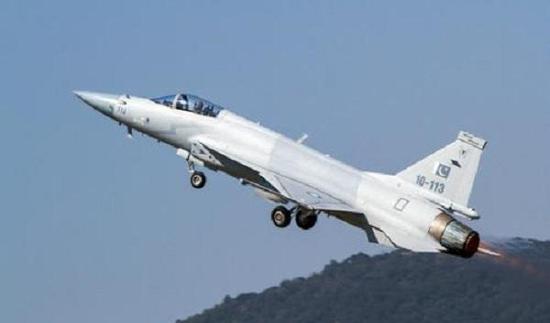CHACHA"G"
SENIOR MEMBER

- Joined
- Apr 18, 2016
- Messages
- 3,413
- Reaction score
- 7
- Country
- Location
After reading some posts from some "Brothers" (lol) on this thread I beg to Egp Govt not to buy 3rd grade , useless , toothless , light aircraft (only best for training) JF-17 …………
To Pakistani posters , let it go brothers , it wont worth , safe your time & energy , some people and countries are high in their egos let them stay high..
To Pakistani posters , let it go brothers , it wont worth , safe your time & energy , some people and countries are high in their egos let them stay high..














